Dragon Kindreds
Dragon Kindreds, often shortened to Dragonkin, are folk located in the Kudinyana Kingdom. What began as disparate halfling and human tribes 1000 years ago has transformed into a prosperous and homogenous culture united in their draconic pride.
Dragonborns and kobolds follow a similar trajectory regarding the dilution of blood. However, since their draconic heritage is weaker than that of a pure dragon, it only takes three generations to produce dragon-touched folk. Those that who mate with non-draconic humanoids will produce half-dragonborn or half-kobolds. A half-dragonborn or half-kobold who mates with a non-draconic humanoid will produce a draconic offspring that looks non-draconic, but has a weak breath weapon. Any further dilution of blood will result in dragon touched offspring.
Insider Naming Tips
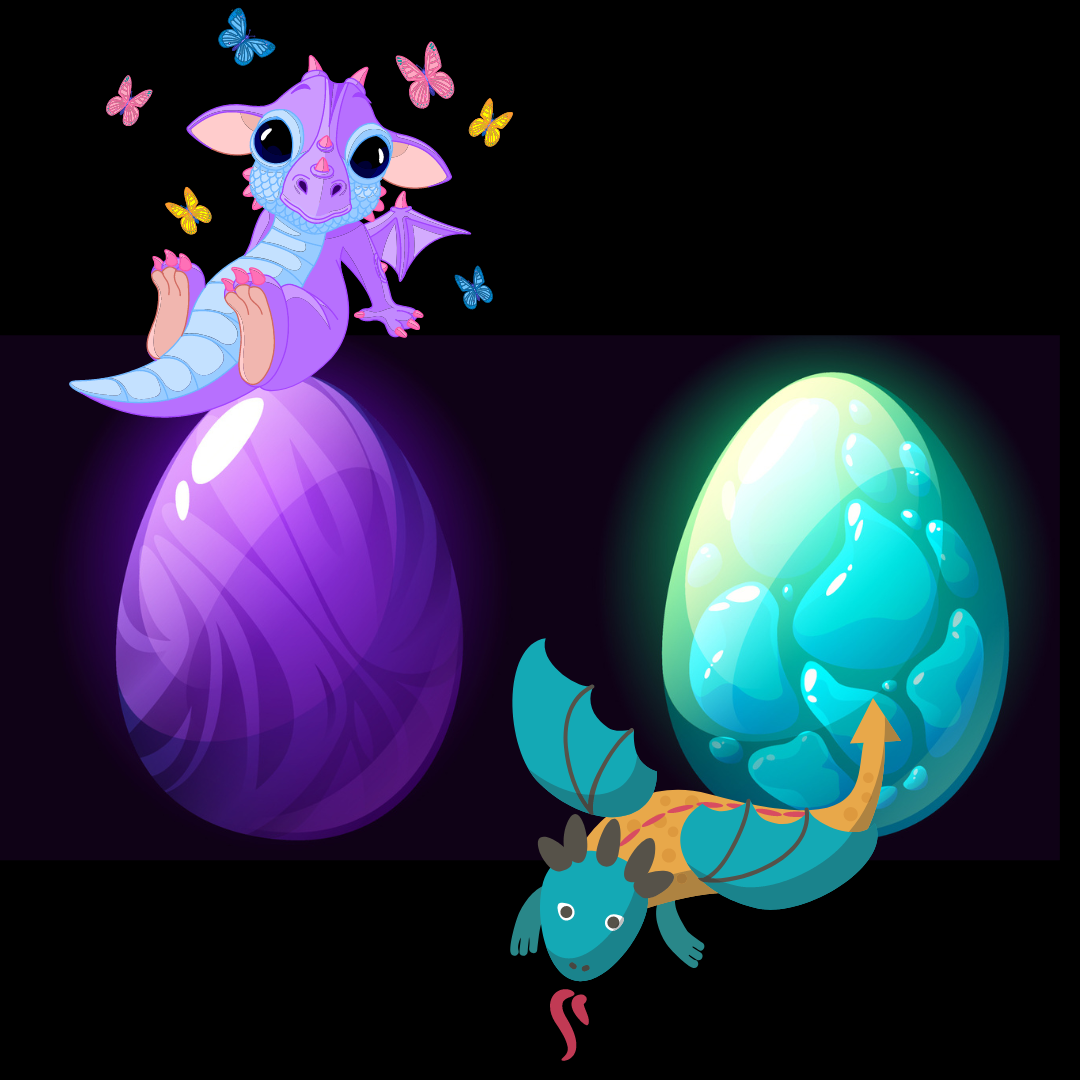 All Dragonkin are expected to have large families, upwards of ten or more children. Once merely a tradition, it has nearly become a mandate in Kudinyana Kingdom since the war. After the initial weaning stage, most Dragonkin are essentially raised by their older siblings or cousins, typically forming strong bonds with them than their parents. And children of daimyos are required to attend the Imperial Children's Academy from the age of three, where they are raised by the school teachers. Most will not return home until they are of marrying age.
All Dragonkin are expected to have large families, upwards of ten or more children. Once merely a tradition, it has nearly become a mandate in Kudinyana Kingdom since the war. After the initial weaning stage, most Dragonkin are essentially raised by their older siblings or cousins, typically forming strong bonds with them than their parents. And children of daimyos are required to attend the Imperial Children's Academy from the age of three, where they are raised by the school teachers. Most will not return home until they are of marrying age.
A Variety of Draconic Folk
Draconic bloodlines are a source of pride for Dragonkin. Although not all clans can specifically point to the Dragon their line descended from, they all have tales of of Draconic ancestors from their past. Even common folk who may not know where on the clan's family tree they fit, will treat these ancestors like revered aunts or uncles. Since the millennium when the tribes were granted their draconic heritage, non-draconic humans were absorbed into the kingdom, and bloodlines became more varied. Over the last couple hundred years, there has been a concentrated effort to strengthen their Draconic ties. In many cases, this has resulted in subtle and overt discrimination for humans and other Dragonkin with weaker blood ties. Although there has always been stratification across Dragonkin classification, the social structure has seeped into personal interactions. Dragonkin are blue or purple with sparkling scales as hard as stone. Many dragonkin, particularly in the clan's branches, may come in shades of blue and purple. Dragonkin's have pale blue or purple eyes with a black or red vertical iris. They have no hair. Humans and halflings have thick straight to wavy hair, in shades of light brown to black, with the occasional auburn or red shade. Their skin is pale to light brown with under-shades of blue or purple. Their eyes come in shades of hazel, brown, and black with some folk showcasing unnaturally bright blue or violet eyes.Half Dragons
Half dragons have one dragon parent or two half dragon parents. Only half dragons are classified as part of the imperial class. Half dragons are between six and seven feet tall. They have wings, a tail, and a powerful breath weapon. First generation half dragons can live up to 500 years. Second generation and beyond live for around 250 years.
Dragonborn
Dragonborn were once humans, created by the Amethyst and Sapphire gem dragons using an ancient technique. Dragonborns are treated with respect, no matter what their social class is. Dragonborns have no tail or wings, though they do have a moderate breath weapon. Dragonborn are slightly smaller than Half Dragons and can live for around 100 years.
Kobold
Kobolds were once halflings, created by the Amethyst and Sapphire gem dragons using an ancient technique. The dragons made the kobolds before improving on their design with the dragonborn. They're small stature and weaker abilities mean they don't always command as much respect as the dragonborn. However, they are still considered an prideful dragon race. The kobolds have tails, but instead of a breath weapon, they issue a loud cry. They are small and can live for around 100 years.
Quarter Dragon
A quarter dragon has only one half dragon. They share their skin texture and tone with their non-half-dragon parent with inherit dragon wings and a tail. They also have a moderate breath weapon.A dragonborn quarter dragon is often called a Draconian. Although their non-draconic should provide for a lower status, than dragonborn or kobolds, quarter dragons are often treated with more reverence. Particularly those quarter dragons who are children of an imperial family member. Quarter dragons live for around 150 years.
The weaker bloodlines have little pride to capitalize on; few are able to improve their social standing. Some, however, can increase their family's pride with a innate magical child. Before their first birthday, all children of eighth dragons and dragon touched folk must be tested. Those who are shown to have innate magic are pre-enrolled in Jugonshi Academy. Parents look to the great past gem dragons to grant them the blessing of magic. Others hide their children away, terrified their child will join the endless war.
Eighth Dragon
Eighth dragons only have one half dragon grandparent. They look virtually identical to their non-draconic parent, save a few scales or occasionally slitted eyes or talons. Some eighth dragons have stunted wings or a tail. Though purely cosmetic, parents always leave these distinguishing factors intact. They have a weak breath weapon and live to be around 100 years.
Dragon Touched Folk
Dragon touched folk are humans or halflings whose draconic bloodline can claim no half-dragon grandparent. Even though they may no longer look draconic, some dragon touched folk manifest their linage though innate dragon magic. They live to be around 100 years old.
Naming Conventions
Dragonkin are only addressed by their given name by immediate family or close friends. A person must give permission before a new acquaintance can call them by their given name. Dragonkin who travel outside of the kingdom, whether for war or for trade, may adopt a more informal attitude towards others when addressing them. However, even in these instances, they would never address the Imperial or Warrior-Scholar classes by their given name. When addressing a dragonkin, start with their Occupation or Title (provided to Imperial/Warrior-Scholar class). Next, address them by their Clan Name. Finally, their Family Name. When multiple family members are present, dragonkin include the familial relationship status to avoid confusion. Herder Kadachi Irakagu Husband Typically, after speaking their name, it can be shortened to their Occupation and Family Name when continuing the conversation. Herder Irakagu Dragonkin who've achieved a great accomplishment may also have an honorific description at the end of their name. Herder Kadachi Irakagu, Defender of Nyandio Village Shinon Akisipemi Nyackiri, Inventor of the Dance Machine. Both the Empress and the Shonon formal address includes naming each of the predecessors in backwards chronological order, ending with the Dragons which began their lines.| Female Given Name | Male Given Name | Family Name | Clan Name |
|---|---|---|---|
| Meraso | Kojoshi | Audna | Susiausi |
| Kytani | Yojasou | Momoba | Naonami |
| Wabibi | Dakiodo | Kadachi | Kesizera |
| Bitya | Thandji | Mansurnah | Yokiatu |
| Okukya | Dandeli | Nashawaki | Akisipemi |
| Faygawa | Junjikoda | Mzukisila | Koamotatu |
| Safiwe | Mtotohira | Nyackiri | Ubapemi |
| Onele | Rahiwana | Ibeawara | Irakagu |
| Seseani | Kataifa | Lundiasu | Miwatatu |
| Ifawaki | Dubuyasu | Junjilifah | Namiezeri |
Dragonkin originated from two groups: humans who spoke a dialect similar to Hausa and halflings who spoke a dialect similar to Xhosa. Gemstone draconic language is inspired by Japanese. Overtime the language inspirations merged into a new language. However, clan names use the pure gemstone draconic dialect.
Gender Norms and Family Relations
Dragonkin are matrilineal, with any offspring joining the mother's clan. Female Dragonkin are slightly larger than their male counterparts and are often leaders in both domestic and military spheres. Since female Dragonkin lay eggs, there is relatively little time loss for 'maternity leave'. Both parents share the duty of brooding. Marriage is not considered a romantic liaison for Dragonkin, rather a duty towards ones family. Marriages are typically arranged by the a Dragonkin's mother. Things which are taken into consideration include: strengthening the draconic bloodlines, strengthening two family ties within a clan, or strengthening an inter-clan alliance. Marriages are lifelong oaths; even if their spouse dies, a Dragonkin cannot remarry unless they had no offspring. Paramours are open and common in Dragonkin society and rarely foster jealousy. Some Dragonkin may even opt to have a child with their paramour. Legally, however, any offspring legally belong to the mother and her legal husband.
by Upklyak
Any child born outside of a marriage oath is considered clanless. However, they may be 'adopted' in to their mother's clan, once the mother marries. This is typically only in lower class folk, as accidental childbirth tends to be an issue draconic species do not have. Dragonkin in lower class society also have more flexibility on whom they marry. Often, they can even bring a potential partner to their mother for marriage approval.
Values
Pride
Bragging is a virtue. If a Dragonkin does something that has brought themselves or their family pride, then they are obligated to share. Humility is considered dishonest. Dragonkin's actions can uplift or bring down their family or clan. A clan's status is dependent on a family's actions. And a family's status is dependent on an individual's actions. Dragonkin are taught to never do something that will bring shame to their family or clan. Dragonkin collect items that represent sources of their pride or achievements. These items are displayed prominently in their homes.Sufficiency
To fight, grow food, or craft an item with your own hands brings more pride than to sell something you did not grow or craft. It makes an individual stronger and it makes the kingdom stronger. Merchants and traders are considered a necessary evil in a well-functioning kingdom. However, Dragonkin know that to depend on charity can bring shame to their family. They are expected to purchase all goods or services they cannot produce on their own. Debt-whether it's goods, services, or money--can bring shame to a Dragonkin's clan. They are expected to pay back any debt owed as soon as possible. If a Dragonkin cannot pay it back, then the debtor can go to their family to request payment. If the family cannot pay it, another member of the clan is expected to pay. It is believed that if a Dragonkin dies with debt, they cannot find peace until somebody in their family or clan repays.Enrichment to Perfection
Dragonkin are expected to reach perfection in any activity they pursue. For this reason, a Dragonkin does not take any activity lightly. As once they begin, they are expected to constantly improve their skillset until they are experts. Dragonkin have a innate love for learning and many may study a craft for months or even years before they even attempt to begin.Bond by Duty and to your Word
Dragonkin are loyal first to their family, then to their clan, and finally to their kingdom. As such, a Dragonkin follows the directives of the kingdom not because they are loyal to them first, but because to be disloyal to the kingdom would harm the family or clan. For any life decisions, a dragonkin must first consult the head of the family to obtain permission. The highest level of shame a Dragonkin can bring upon themselves is to break an oath. If found guilty of oath-breaking, a dragonkin is subject to a permanent brand. For this reason, a family or clan may not accuse a guilty member, so as not to have to carry the dragonkin's shame.Religion: Kindred of the Gem Scale
For the Dragonkin, their way of life and religion are inextricably intertwined. The Gem Scale religion is not only the state religion but everybody follows—or at least purports to follow—one of its paths. An common question during meeting a Dragonkin for the first time is:
“Which of the Ways?”
This is well-known tactic in understanding what a dragonkin values and can help a person know how to present an idea or gain support. One does not to be a certain color (whether amethyst descended or sapphire) in order to follow a certain way. But clans have traditionally followed paths based on which dragon they’re descended from.
Way of the Amethyst
Way of the Amethyst typically value scholarly pursuits. They knowledge through old tomes and writing. And will look for magical artifacts or ancient relics in the world and try to discover their secrets. They value knowledge for the sake of knowledge. And believe the world wishes to reveal its secrets to those who seek understanding. But will fight against those who try to tarnish the truth or seek to darken the world.- True knowledge is obtained through seeking answers to every question
- You have a duty to defeat those who corrupt truth
- The world is a tome and you must understand every word
Way of the Sapphire
Way of the Sapphire Kindred value strategic thought discovered through experience. They believe learning comes not through books but by engaging with other people. Beliefs must be challenged in order to evolve. And conflict is a necessary route. Whether through robust debate-or when it can’t be avoided-crossing of swords. They value knowledge for the sake of applying it to real world experiences. And believes the world provides tests to engage critical thought. You must use what you’ve learned to fight back when others seek to harm that which you protect.- True knowledge is obtained through conflict
- You have a duty to defend your kingdom, your clan, your family, and yourself
- he world is a game and you must discover the strategy
Way of the True Gem Dragons
Way of the True Gem Dragons Kindred are shrouded in mystery. Its members pose as adherents to one of the other paths. Those who follow this path believe humans are unclean. And thus, even the humans that follow this path are considered lesser. They believe humans will be reborn as Dragonborn upon the return of the old way.- True knowledge is obtained only through direct revelation from the Gem Dragons
- You have a duty to destroy those who rob us of our draconic heritage
- The world is defiled by non-dragon ideologies and we must return to the dragons for them to return to us
Sacred Dragon Scales
Dragon scales are sacred in Dragonkin society. They cannot be bought or sold, only gifted. Many times, dragon scales are presented when a person brings honor to their clan or in return for a favor provided. Dragon scales are displayed prominently as jewelry or body accessories. One of the greatest honors a dragon-touched folk can receive is armor or a shield made from dragon scales. Draconic folk naturally shed scales. They cannot be forcefully removed unless a dragonkin breaks an oath. When this happens, the dragonkin must burn the area so that another scale cannot grow back. If a dragonkin encounters somebody outside of Kudinyana Kingdom with gem dragon scale armor, it is within their right to kill them. As they have acquired the armor through force or by slaying a dragon. Full-blood dragon scale items are passed through family linages and used in religious ceremonies. When a new Empress is crowned or a new Shogun appointed, they are each presented with one of the sacred dragon scales of the founding two gem dragons. These treasures are to be worn around their necks at all times, signifying their birthright.Dress
Dragonkin dress in different styles of kimonos. Common folk wear ones made of linen, while upper class folk will wear ones of silk. Common motifs include dragons, birds, eggs, and gemstones. Special occasion kimonos may include motifs that tell old tales, such as the birth of the dragonborn or battles led by the gem dragons. Some Dragonkin in clans also have kimonos that include their family insignia. On the rare occasions the Empress is in public, she wears several layers of kimonos, each representing the rulers who came before. Aristocratic and the Warrior-Scholar class often wear kariginu robe with pleated skirt-like trousers known as hakama. Wide sleeves are especially fashionable. Dragonkin believe a family's pride is tied to the width of their sleeves. And a Dragonkin will comment if they believe somebody is wearing sleeves too big for their achievements. Warriors wear slimmer robes when going to battle so as not to impede movement.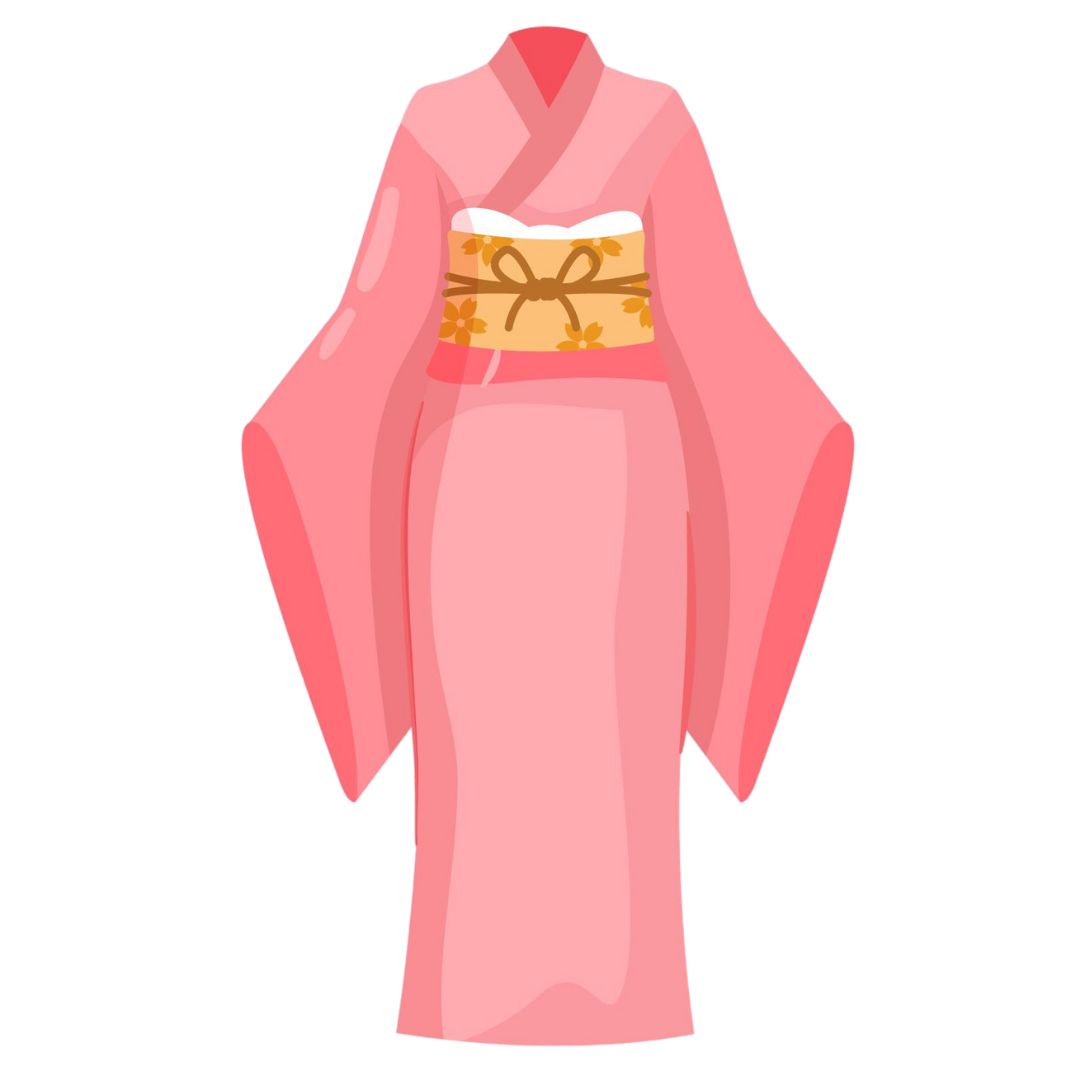
by Freepik
Food
Dragonkin are omnivores. However, those in the draconic lines need more protein than the average folk. Auroch and hare are raised for meat and hide. Along the coastline, there are many fish hatcheries. Farm-raised insects are a staple food. They can be fried, boiled, or sprinkled dry on a meal. Poor folk will often eat "chitin powder", low-quality ground insects. This can be combined with flaxseed, hot water, and other spices to make a porridge or formed and fried to make a chitin patty. Wealthy and elite families have hunters who bring back exotic meats and other game, which is considered better quality than farm-raised meat. Dragonkin also enjoy fermented milk, cheese, fruit, and hot peppers. Eating any draconic creature is akin to cannibalism. It is also taboo to consume bird or reptile eggs. Bird and reptile meat is frowned upon to eat, but in desperate situations, they would eat enough meat to survive.A National Drinking Tradition
The national spirit of Kudinyana Kingdom is Nyuusei, a whey-based alcohol that is aged in charred oak barrels. In social situations, Dragonkin may squeeze half a lime into the drink, and light the lime rind on fire, dropping it into the Nyuusei. While burning, they would yell "FIRE-A-WHEY" before downing the lighted drink. The person they're with should repeat the phase before shooting their own lighted nyuusei. This is a common negotiation tactic and bonding experience. While draconic species have no problem drinking the flaming alcohol, this can be dangerous for most non-draconic folk. It is suggested if one is in this situation to use another cup to quickly snuff out the flame before swallowing the still hot drink.A Drink a Little More Smooth
For the less daring, Dragonkin are also known for their elaborate tea ceremonies. Their national drink is the Churned Chili Tea. Dried anise hyssop and chili are steeped in boiling water. After which, the tea is drained into a small lacquered butter churn. Dragonkin hand-churn the tea in front of their guests before serving it in tall, skinny glassware. The host makes a great show of pouring the drinks. Tea is first sipped in order of status.Mounts and Pets
The preferred mount for battle is the Dragonnel. However, few Dragonkin are able to properly train this highly intelligent and stubborn dragon. Those that do earn an high amount of pride. During celebrations in their settlement, they will often fly in first to the cheers of the crowd. Those who cannot ride a dragonnel may have a logma, a wingless dragon-horse, which are commonly used on the battlefield and for travel. Children's favorite pet is the High Collared Lizard, which is about fifty pounds at full growth. They have a long, split tongue and their skin is rough to the touch. The lizards make excellent guard pets as they let out a high pierced squeal when they sense danger. A favorite game is to hide a beetle under one of multiple cups. Two lizards race to get to the cup first and claim their treat.Death and Kofun
A dragonkin's death is a time to remember all they have accomplished in life. As loved one's celebrate their life on this plane, they prepare them to rejoin their dragon ancestors. Dragonkin believe that a departed must be cremated within two days or their spirit will be trapped wandering the physical plane. Upon releasing them through fire, dragonkin can travel between the rondue of gemstone dragons and the material plane. Ashes are saved after cremation so that the departed dragonkin can remember the way home. Any individual who has their ashes are able to be visited by their spirit. Ashes are equally divided between their spouse and children. The ashes are poured into the Household Ancestor Box. Upon the death of both parents, the ancestor box is divided into equal parts and given to their children to add to their new household box. For family members who have exemplary standing within their clan, a vial of ashes is removed to place in the clan's kofun. A kofun is an underground tomb full of mazes to family rooms. In addition to the shelves of vial ashes, each room within the kofun is a horde. An ancestor's greatest books, artifacts, and treasures, which they did not wish to pass along to family, are placed in the kofun so they can enjoy it in their death. Only clan members whose immediate family resides in the kofun can visit. Dragonkin believe any who takes from the horde will be cursed. For the spirits of their dragonkin ancestor will descend upon such a thief. The Empress and Shogun families have the two largest kofuns, which are located 100 miles from Illiwaz. The large mounds are gems which mirror each other with amethyst and sapphire crystal flowers covering the grassy facets. Elite Bushi Jugonshi guard the kofuns day and night and people can only enter if they are in the direct company of the Empress or Shogun. It is rumored their kofuns have a secret tunnel that leads to the remaining gem dragons' lairs.
Related Organizations


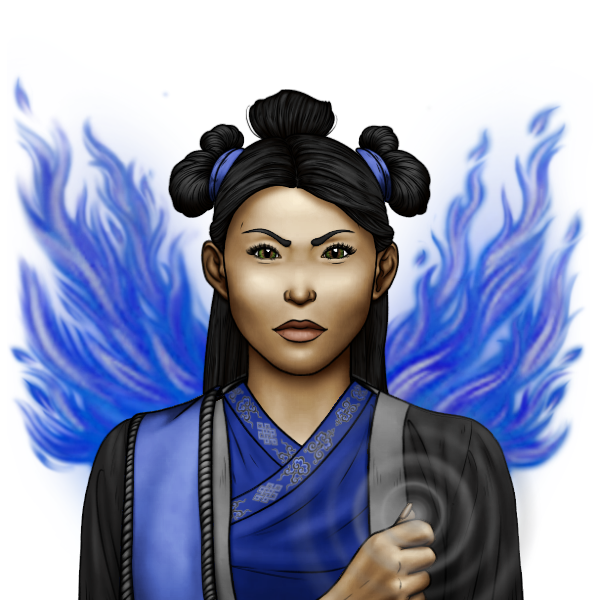
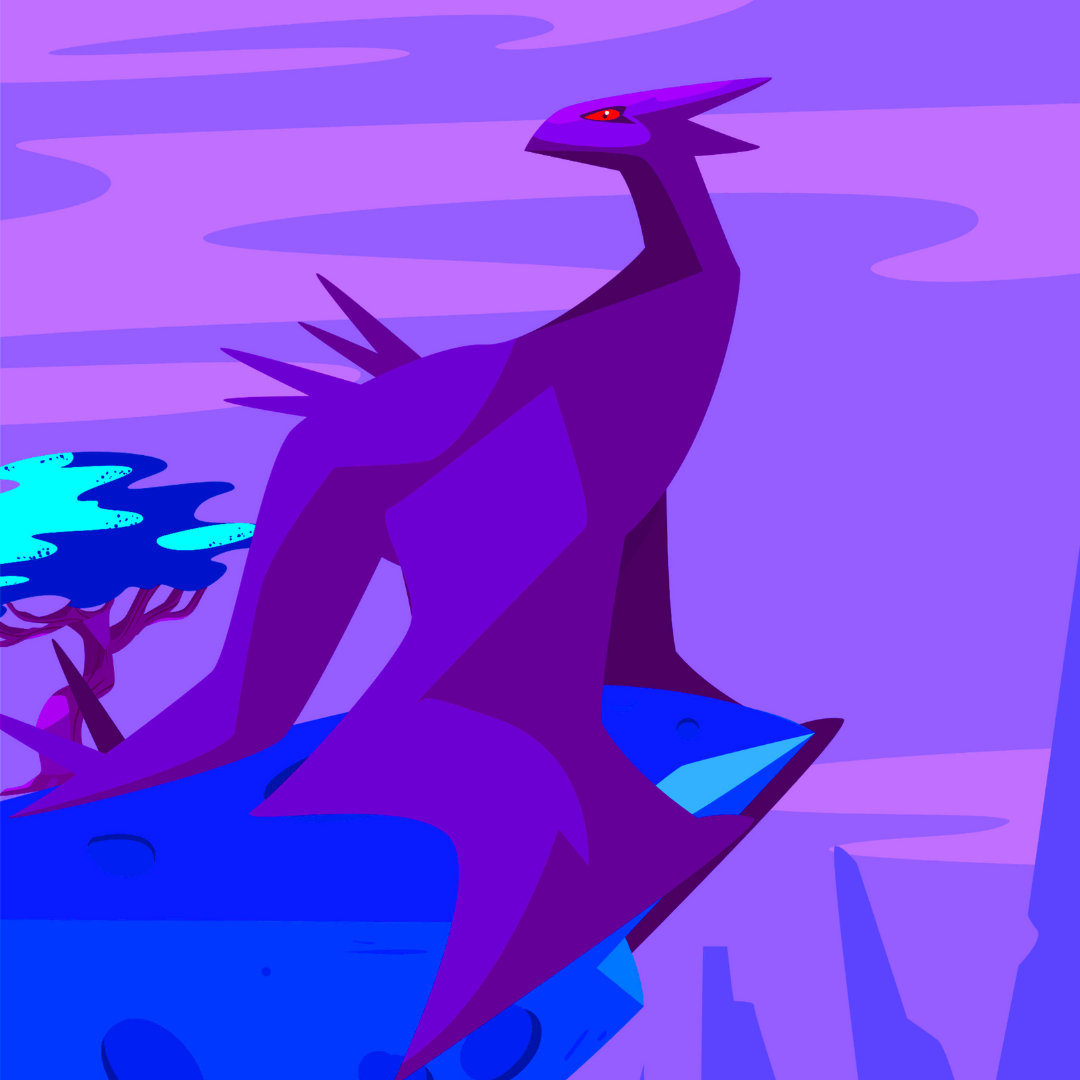
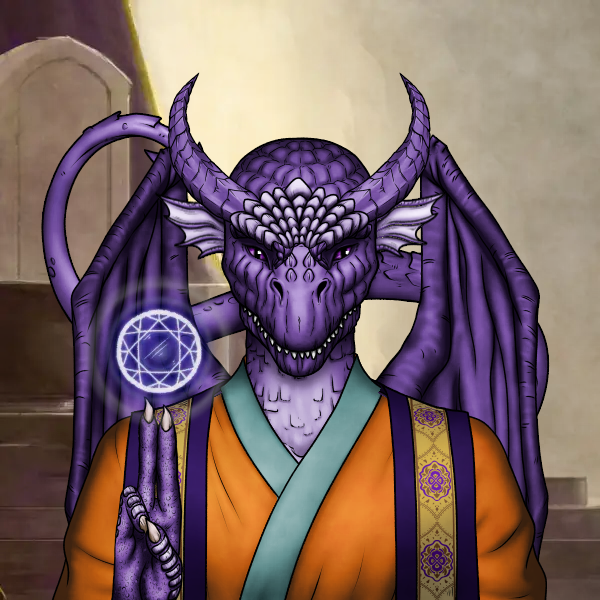
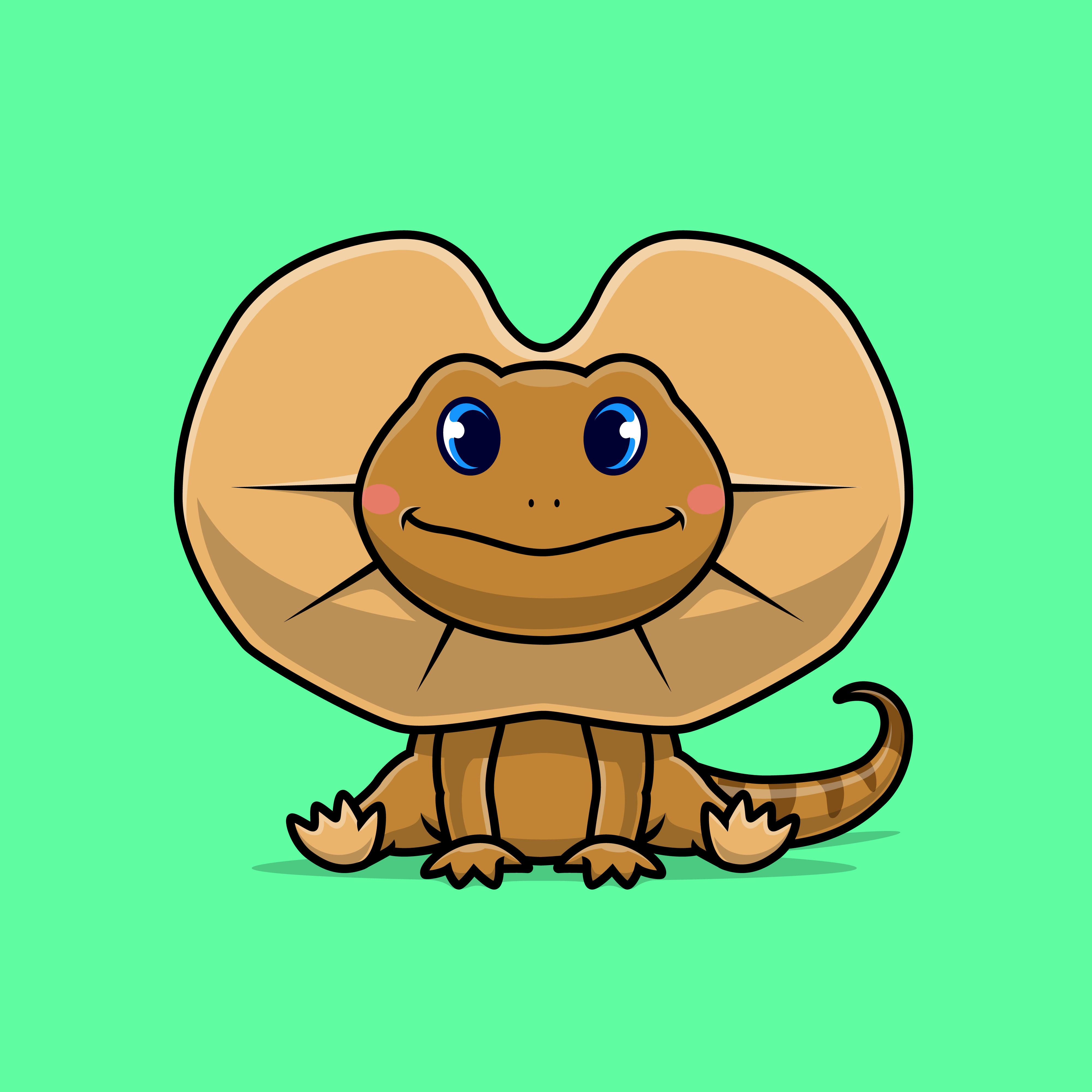

Comments